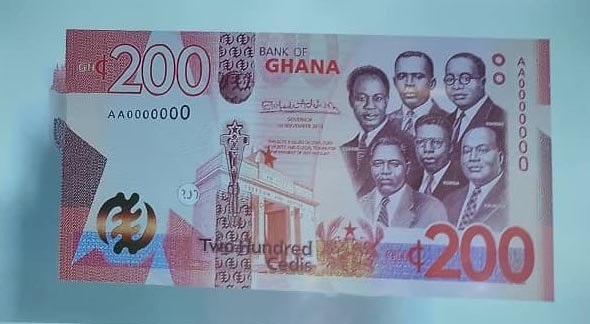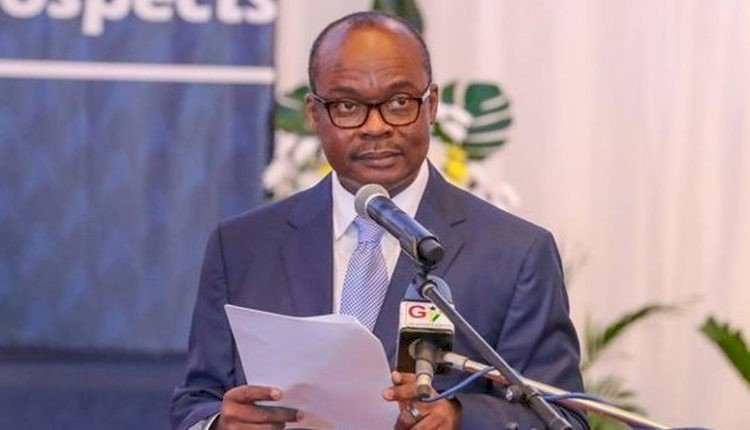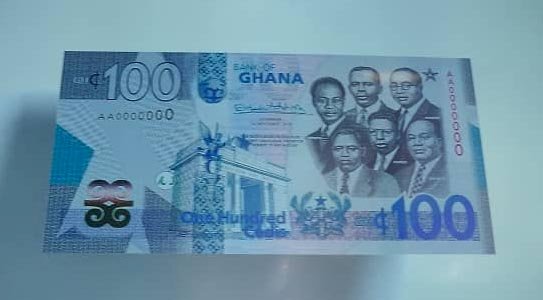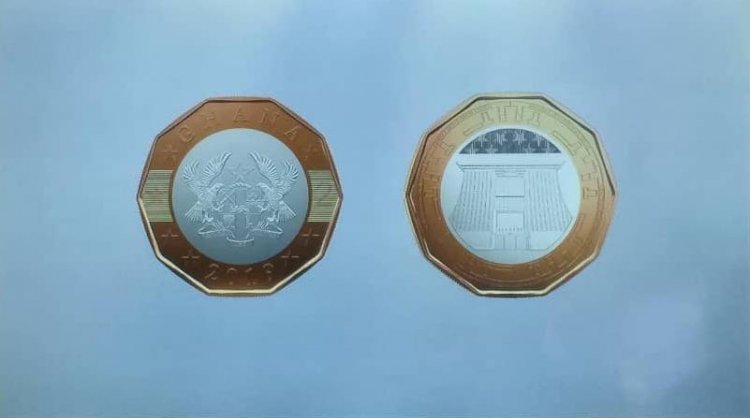BoG make known of GH¢200 and GH¢100 cedis notes
"The Bank of Ghana is introducing a new GH¢2 coin, and GH¢100 and GH¢200 banknotes denominations into circulation to complement the existing series to ensure customer convenience and bring about efficiency in the printing of currency to generate savings for the country,” - Dr Addison

The Bank of Ghana has introduced GH¢100 and GH¢200 notes as additions to the country’s currency denomination mix plus a GHC2 coin.
This was announced by the Governor of the Central Bank, Dr. Ernest Addison at a press conference in Accra on Friday.
Dr Addison said “a lot of thinking went into the decision to introduce the higher denomination banknotes. The structure of the banknote should align well with the needs of the people who use it for their daily transactions. We need banknotes and coins that are convenient for most people to use, high quality, secure and cost effective.”

“Accordingly, in March 2017, the Bank of Ghana begun a process of conducting a thorough review 4 of the structure of the currency including on the note/coin boundary and acceptability and use of the individual currency series. The review exercise which involved conducting a nationwide survey with market operatives, businesses and international stakeholders as well as some empirical exercise.
The outcome of these exercise revealed the resurgence of deadweight burden issues on the economy due to past significant inflation and perennial depreciation of the currency, significant increase in the demand for higher denomination banknote and increased cost of printing.”
READ ALSO:
"Our worry is that the practice of awarding honorary doctorate titles is being abused" - NAB Boss
He added that “in line with the results of the exercise, the Bank of Ghana is introducing a new GH¢2 coin, and GH¢100 and GH¢200 banknotes denominations into circulation to complement the existing series to ensure customer convenience and bring about efficiency in the printing of currency to generate savings for the country.”
This is coming at a time when the government and other stakeholders have been encouraging more Ghanaians to use the e-money systems available. An Afrobarometer survey has showed that 72% of Ghanaians feel safe saving their money in their mobile money wallet.

However, Dr Addison said the introduction of new notes should not be seen as an attempt to move away from the cashless society agenda.
“The introduction of these high value notes should not be misinterpreted to mean a shift away from the Central Banks policy of pursuing a cashless society and promoting the use of electronic modes of payments. While vigorously pursuing financial inclusion by accelerating the migration to e-payment platforms, we are also mindful of the relevance of cash in our day-to-day dealings.”

“Undeniably, cash still remains the preferred medium of payment by the large informal sector in the country. This is why we continue to pay attention to enhancements in the structure, security features and management of cash within the economy. This will stay with us for sometime,” he added.





































